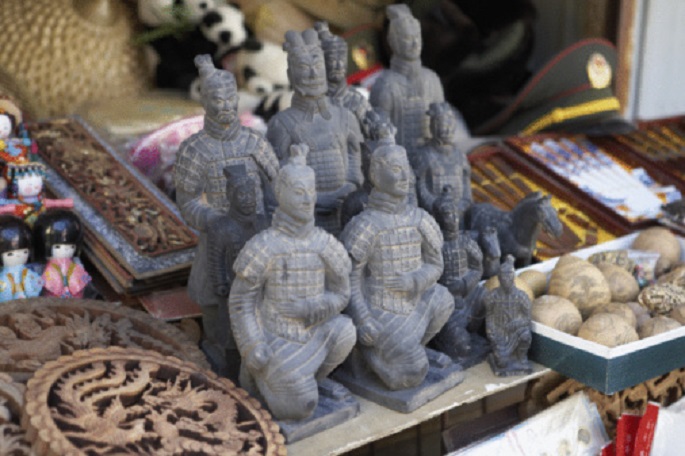Operating, maintaining and promoting a special place designated to house, protect and display priceless small, big and larger-than-life things that this world cannot anymore produce again entails a long list of must-haves, but topping the list is money--lots and lots of it.
Museums, therefore, seek from time to time other feasible ways to generate income and prevent becoming utterly reliant on ticket sales. After all, attractions such as museums get affected by the seasonality of the tourism industry.
Museums operating in the mainland already numbered to 3,000 as of Jan. 2015, according to news site Hong Kong Means Business (HKMB). The government funds only some of them; thus, the need to find other means of gaining profit becomes crucial.
The key people behind the National Museum of China in Beijing know that they must do something else to keep up with the day-to-day operational expense of the place and to promptly settle monthly utility bills.
It heeded the call to sell cultural products and even took its selling to another level by going online. According to its vice director, the museum avails the services of online retail shop Tmall and further plunges itself into the deep waters of e-commerce through Alibaba, reported the Global Times.
Let the Money Roll In
Museums anticipate the penchant of tourists to purchase souvenirs. As a matter of fact, they prepare a wide array of cultural products to choose from.
At the Palace Museum, tourists can easily be overwhelmed by the broad selection of mementos available, numbering 6,754 items to date.
HKMB reported that most museum visitors generally find the cultural products on sale as “well-designed and useful.”
Some tourists, on the other hand, deem the products expensive, with others even remarking online that museums should improve the quality.
Shan Jixiang, the museum curator, said in a press conference on May 19 that the Palace Museum earned almost 1 billion yuan in 2015 not from ticket sales but from the sales of their cultural products, reported China Daily.
Government Steps into the Picture
The State Council actually encourages museums to consider selling cultural products to augment their revenue.
In an effort to prove that it’s all willing to walk the talk, the State Council presented procedures that will guide art galleries, libraries and museums in their production of cultural products. Different departments received these guidelines, including, of course, the Ministry of Culture, according to the Global Times.
The State Administration of Cultural Heritage also drafts its own policies aimed at regulating the profit-making ventures of museums.
It’s Not All About Money
As the government calls for the commercialization of museums, these institutions not only see it as another opportunity to increase their profit. They also consider it as an avenue to invite the public to participate in activities that will showcase their talent and creativity and at the same time engage them in discovering more about their culture.
In May, people joined a design competition organized by Sanxingdui Museum in Sichuan Province. They submitted their works depicting the Bronze Age culture, according to the Global Times.
Museums likewise need to hire people to create quality cultural products; thus, providing employment opportunities for talented artisans, handicraft makers and other similar workers.



























